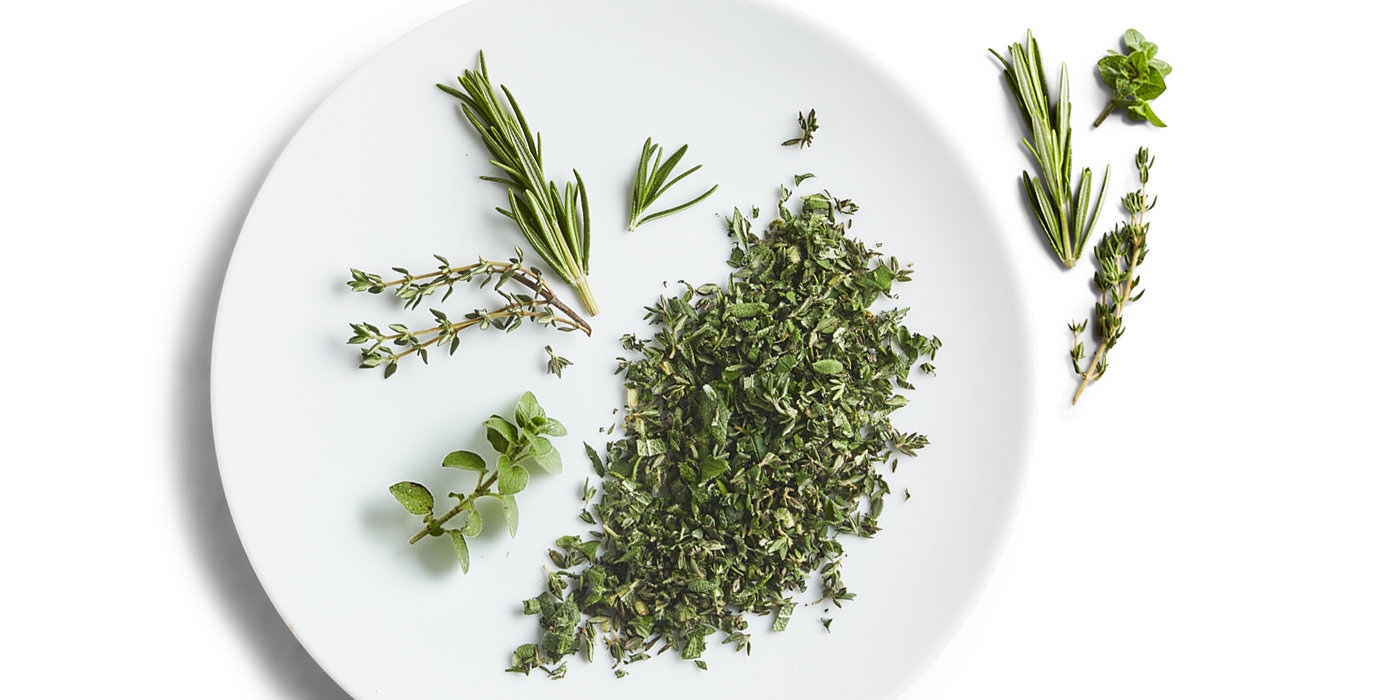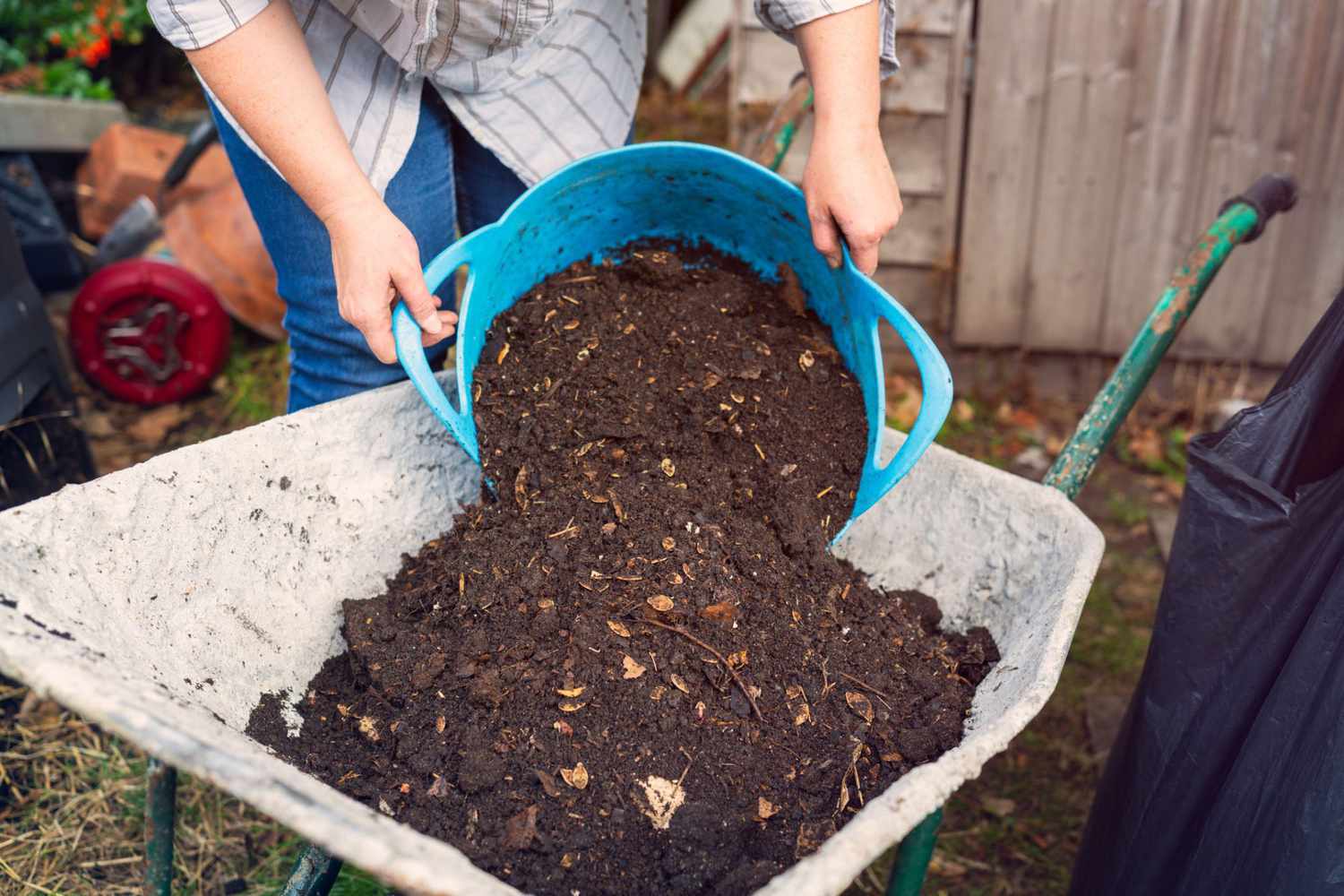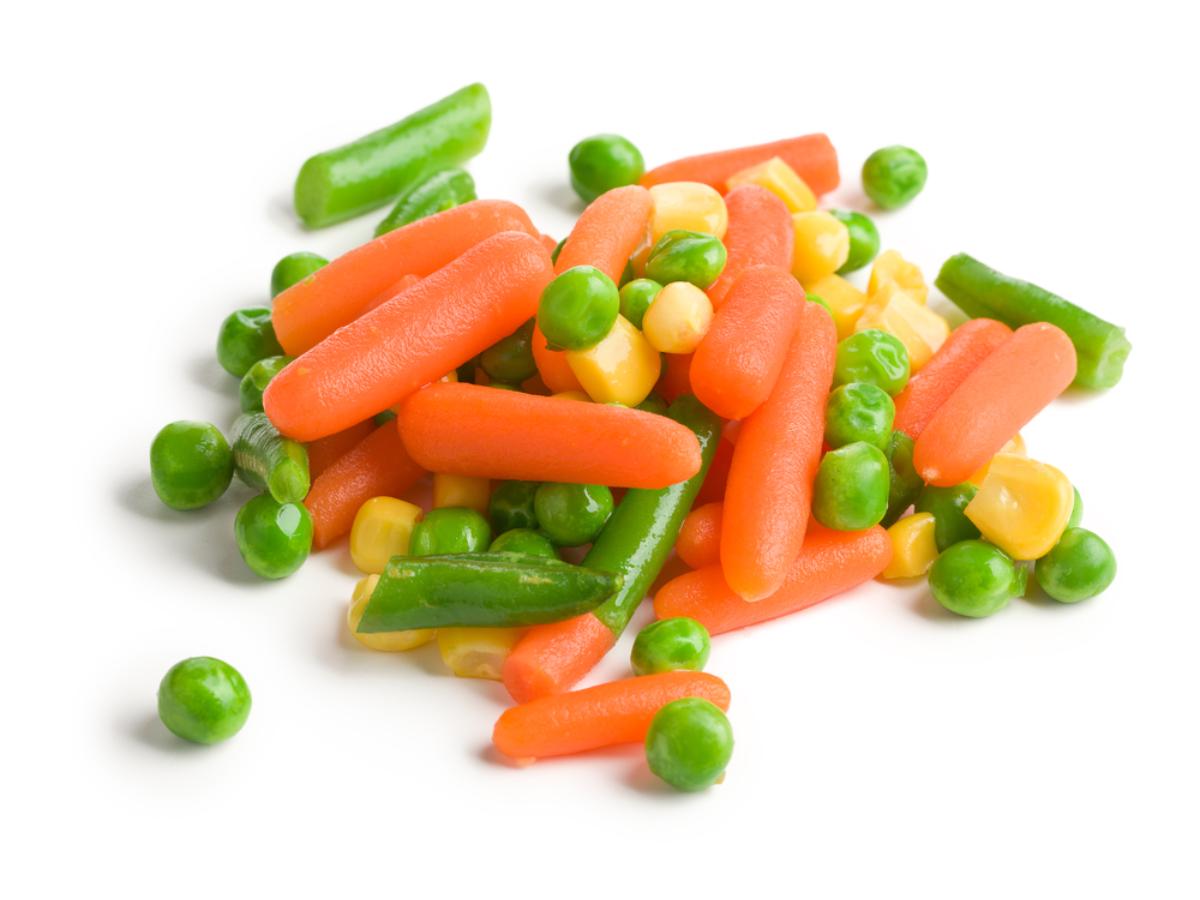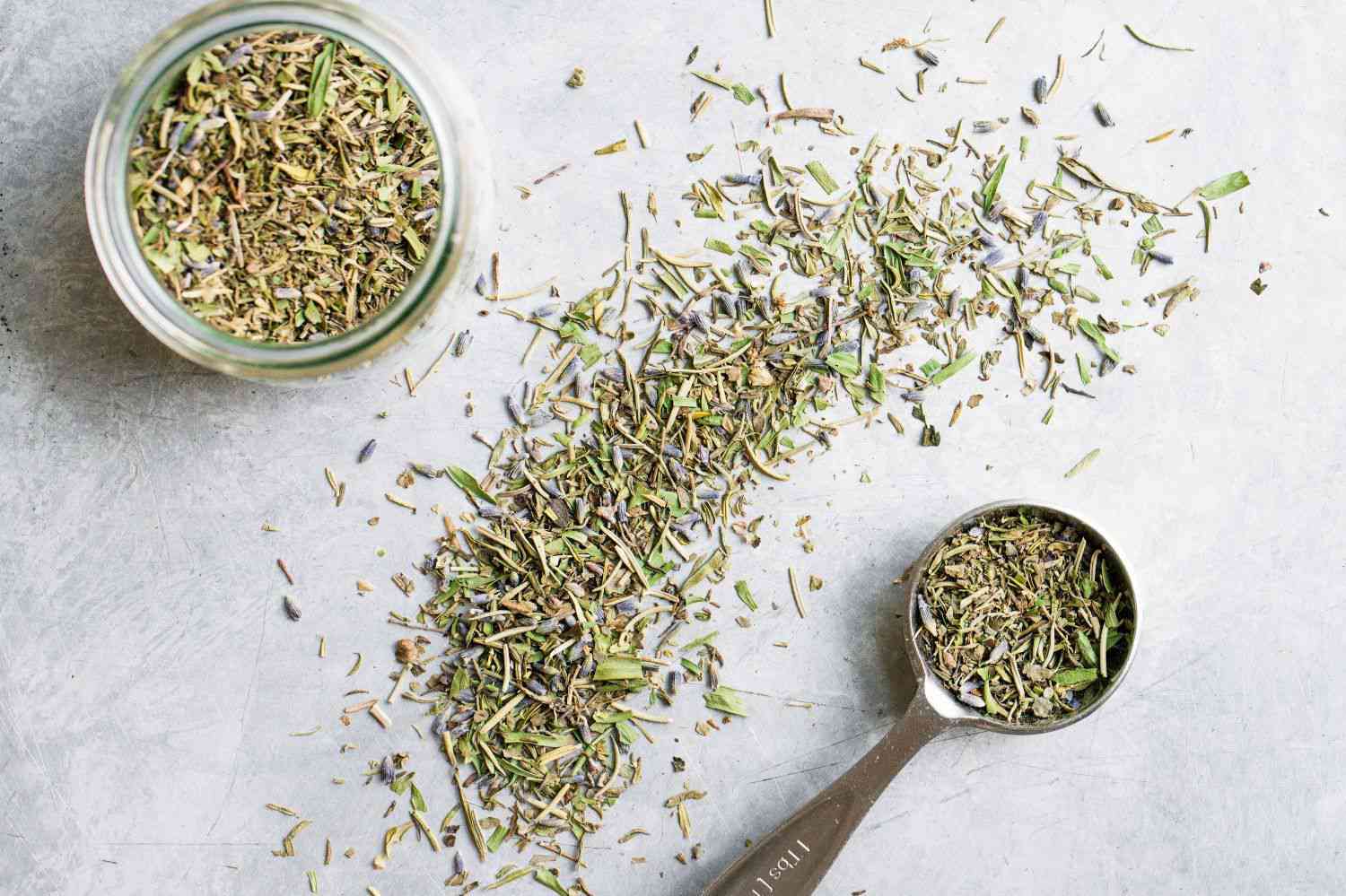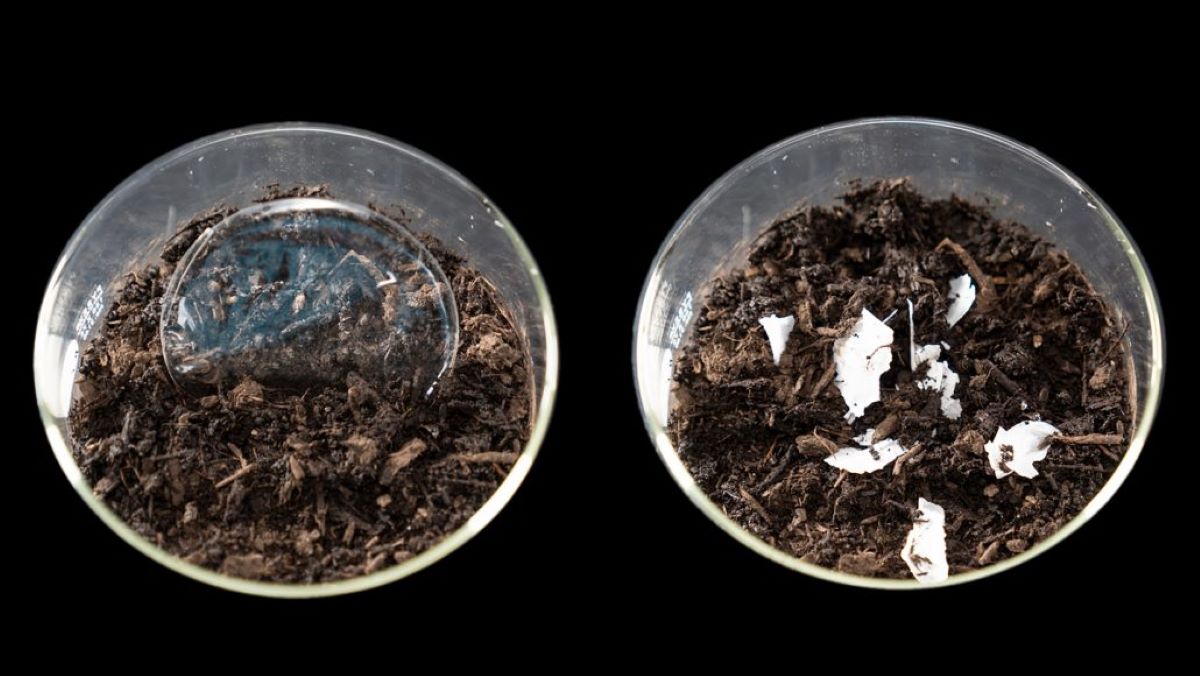Home>Gardening Tips and Tricks>Eco-Friendly Gardening>How To Mix Compost Into Soil
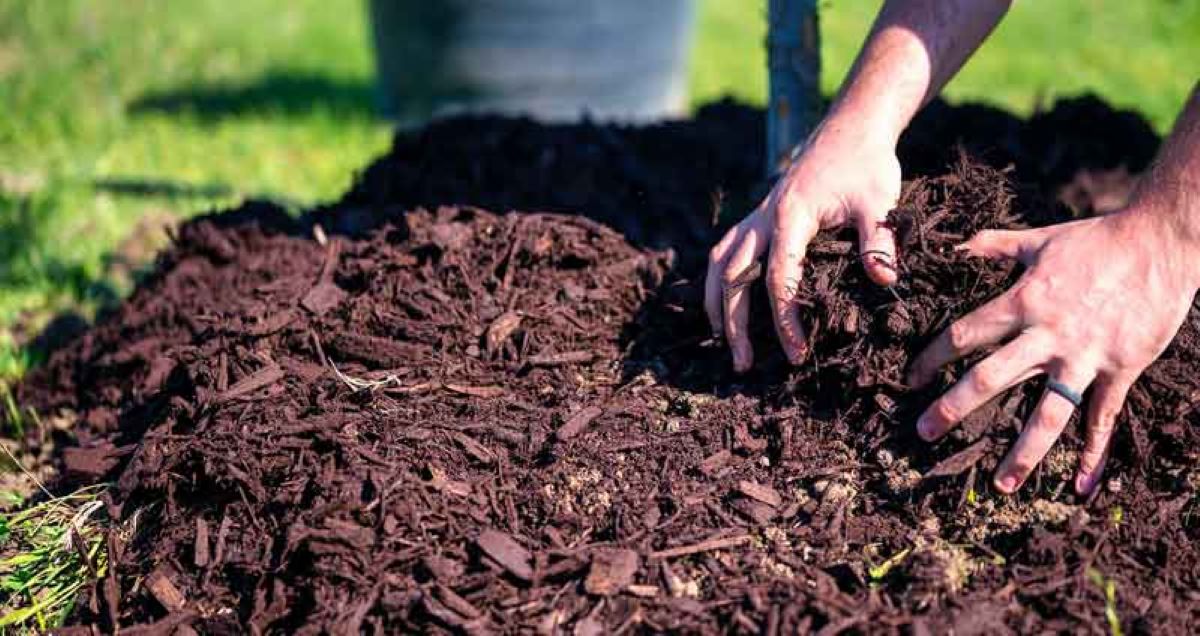

Eco-Friendly Gardening
How To Mix Compost Into Soil
Modified: January 22, 2024
Learn how to mix compost into soil for eco-friendly gardening. Improve soil health and promote sustainable plant growth with these easy steps.
(Many of the links in this article redirect to a specific reviewed product. Your purchase of these products through affiliate links helps to generate commission for Chicagolandgardening.com, at no extra cost. Learn more)
Table of Contents
Introduction
Welcome to the world of eco-friendly gardening! If you’re looking to create a sustainable and thriving garden, one of the best practices you can adopt is mixing compost into your soil. Compost is a nutrient-rich organic matter that helps improve soil fertility, enhances water retention, promotes beneficial microbial activity, and reduces the need for synthetic fertilizers and pesticides.
By incorporating compost into your soil, you are not only nourishing your plants but also taking a step towards reducing waste in landfills. Instead of sending kitchen scraps and yard waste to the garbage bin, you can transform them into a valuable resource for your garden.
In this article, we will explore the many benefits of mixing compost into soil and guide you through the process of preparing your soil and selecting the right compost. We’ll also discuss various methods for incorporating compost into your garden beds or containers, as well as provide some tips for optimal soil mixing.
So, whether you’re a beginner or experienced gardener, get ready to dig in and discover the wonders of compost-enriched soil!
Benefits of Mixing Compost into Soil
Mixing compost into your soil offers a multitude of benefits that will greatly enhance the health and productivity of your garden. Let’s take a closer look at some of these advantages:
- Improved Soil Fertility: Compost is teeming with essential nutrients such as nitrogen, phosphorus, and potassium, which are vital for plant growth. When mixed into the soil, compost slowly releases these nutrients, providing a steady and balanced supply for your plants.
- Enhanced Water Retention: Compost has excellent water-holding capacity, acting like a sponge to retain moisture in the soil. This not only reduces water runoff but also ensures that plants have access to moisture during dry periods, reducing the need for frequent irrigation.
- Promotes Beneficial Microbial Activity: Compost is a haven for beneficial microorganisms such as bacteria and fungi that play a crucial role in breaking down organic matter and releasing nutrients in a form that plants can absorb. By mixing compost into your soil, you create a thriving ecosystem underground, supporting the growth of healthy plants.
- Suppresses Pests and Diseases: Compost is known to contain natural substances and microbes that can help suppress pest populations and protect plants from certain diseases. This can reduce the need for chemical pesticides and create a healthier, more balanced ecosystem in your garden.
- Reduces Soil Erosion: The organic matter present in compost helps to bind soil particles together, improving soil structure and reducing the risk of erosion caused by heavy rain or wind. This is particularly beneficial for sloping gardens or areas prone to erosion.
- Stimulates Root Development: The improved soil structure provided by compost creates a loose and crumbly texture that allows roots to penetrate easily. This results in stronger and more extensive root systems, leading to healthier and more vigorous plants.
These are just a few of the many benefits that arise from mixing compost into your soil. By harnessing the power of compost, you can transform your garden into a vibrant and sustainable ecosystem, supporting the growth of robust plants while minimizing the use of synthetic inputs.
Choosing the Right Compost for Soil Mixing
When it comes to choosing the right compost for mixing into your soil, there are a few factors to consider. The quality and composition of the compost can greatly impact the health and productivity of your garden. Here are some guidelines to help you make the best choice:
- Source of Compost: Look for compost that is made from a variety of organic materials, such as kitchen scraps, yard waste, leaves, and plant trimmings. Avoid compost that is derived solely from a single source, as it may lack balanced nutrients.
- Composting Process: Find out about the composting process used to create the compost. Ideally, the compost should have undergone a proper decomposition process that includes both heat and time. This ensures that any potential pathogens or weed seeds have been killed off.
- Texture and Appearance: Opt for compost that has a dark, crumbly texture and a pleasant earthy smell. Avoid compost that appears overly wet, slimy, or contains large chunks of unprocessed material, as it may indicate improper composting.
- Chemical-free Certification: If you prioritize organic gardening, look for compost that is certified organic or labeled “chemical-free.” This guarantees that the compost does not contain any synthetic fertilizers, pesticides, or herbicides.
- Local Availability: Whenever possible, choose compost that is locally produced. This not only supports your local economy but also ensures that the compost is well-suited to the specific conditions of your region.
- Consider Specialized Composts: Depending on your specific gardening needs, you may find specialized composts available, such as mushroom compost, worm castings, or compost specifically formulated for certain plants. These can provide additional benefits for specific plants or growing conditions.
Remember, the quality of compost you choose will directly impact the overall health and productivity of your garden. Take the time to research and select compost that meets your specific needs and aligns with your gardening goals.
Preparing the Soil for Compost Mixing
Before you begin mixing compost into your soil, it’s important to properly prepare the soil to create an optimal environment for plant growth. Here are some steps to follow when preparing the soil:
- Remove Weeds and Debris: Start by clearing the area of any weeds, rocks, or debris that could hinder the mixing process. This will create a clean and open space for incorporating the compost.
- Test the Soil pH: It’s a good practice to test the pH level of your soil using a soil testing kit. Most plants thrive in a neutral pH range of 6.0 to 7.0. If the pH is too acidic or alkaline, you may need to amend the soil accordingly to create the ideal pH balance.
- Aerate the Soil: Loosen the soil by using a garden fork or tiller to break up any compacted areas. This will improve soil structure, allow for better drainage, and facilitate the mixing of compost.
- Amend with Organic Matter: If your soil is lacking in organic matter, consider adding some compost or other organic materials such as leaf mold, well-rotted manure, or peat moss. This will help improve soil fertility, structure, and moisture-holding capacity.
- Apply any Necessary Soil Amendments: Based on the results of your soil test, you may need to add additional amendments to adjust the nutrient levels or pH. Common soil amendments include lime to raise pH, sulfur to lower pH, or specific fertilizers to address nutrient deficiencies.
- Mix Compost into the Soil: Once the soil is adequately prepared, it’s time to incorporate the compost. Spread a layer of compost over the top of the soil and mix it thoroughly using a garden fork or tiller. Aim for a mixing depth of around 6 to 8 inches or as deep as the plant roots are expected to grow.
By properly preparing the soil before mixing in the compost, you create an environment that is receptive to the nutrients and beneficial microorganisms found in the compost. This will set the stage for healthy plant growth and maximize the benefits of the compost in your garden.
Methods for Incorporating Compost into Soil
There are several methods you can use to effectively incorporate compost into your soil, depending on the size of your garden, the accessibility of equipment, and personal preference. Here are some popular methods for mixing compost into soil:
- Hand Mixing: This method is suitable for small gardens or container gardening. Simply spread a layer of compost on the soil surface and use a garden fork or shovel to mix the compost into the top few inches of soil. Take care to distribute the compost evenly for consistent nutrient distribution.
- Tilling: Tilling involves using a mechanical tiller or cultivator to mix the compost into the soil. This method is ideal for large areas and can help to thoroughly incorporate compost into the soil. Till the soil to a depth of at least 6 to 8 inches, mixing the compost as you go.
- Sheet Mulching: Sheet mulching, also known as lasagna gardening, is a no-till method that involves layering organic materials, including compost, directly on top of the soil. Start by removing weeds, then lay down a thick layer of compost followed by a layer of cardboard or newspaper. Repeat this process with alternating layers of compost and mulch until you reach the desired thickness. Over time, the layers will break down, incorporating the compost into the soil.
- Incorporating during Planting: When planting individual plants or transplanting seedlings, create a hole in the soil and mix compost into the backfill soil before placing it around the roots. This method ensures that the young plants have immediate access to the nutrients and benefits of the compost as they establish themselves.
- Compost Tea Application: Compost tea is created by steeping compost in water to extract the nutrients and beneficial microbes. Once brewed, the nutrient-rich liquid can be applied to the soil using a watering can or sprayer. While this method doesn’t physically mix compost into the soil, it provides an efficient way to deliver compost nutrients to the plants.
Choose the method that suits your garden size, equipment availability, and personal preference. Remember to mix the compost thoroughly with the soil to ensure even distribution of nutrients and to maximize the benefits for your plants.
Tips for Optimal Soil Mixing
When it comes to mixing compost into your soil, there are a few tips and tricks that can help ensure you achieve optimal results. Here are some valuable guidelines to follow:
- Use the Right Amount: As a general rule of thumb, aim to incorporate about 1 to 2 inches of compost into the top 6 to 8 inches of soil. This provides a sufficient amount of organic matter without overwhelming the soil with excessive nutrients.
- Mix Thoroughly: Whether you’re hand mixing with a garden fork or using a mechanical tiller, make sure to mix the compost into the soil thoroughly. This will help distribute the compost and its nutrients evenly, leading to consistent plant growth.
- Maintain Soil Moisture: It’s important to keep the soil adequately moist during the mixing process. If the soil is too dry, it will be challenging to incorporate the compost effectively. Consider watering the soil a day or two before mixing to achieve the ideal moisture level.
- Avoid Over-Mixing: While it’s important to mix the compost thoroughly, be cautious not to over-mix the soil. Overworking the soil can lead to compaction, which hinders proper root development and drainage. Mix until the compost is well-distributed, but no more than necessary.
- Consider Cover Crops: If you’re planning to incorporate compost into an area that will be left fallow for a period of time, consider planting cover crops. Cover crops help to prevent erosion, improve soil structure, and provide organic matter when they are eventually turned into the soil.
- Be Mindful of Planting Times: If you plan to mix compost into the soil before planting, consider the timing. Mixing compost too close to planting may result in excessive nutrient availability, which can lead to imbalances or burn young plants. Allow a few weeks for the compost to integrate with the soil before planting.
- Monitor and Amend as Needed: After mixing compost into the soil, regularly monitor the health and growth of your plants. If you notice any nutrient deficiencies or imbalances, adjust your fertilization routine accordingly. Compost is a valuable source of nutrients, but it may not provide all the requirements for every plant.
By following these tips, you can ensure that your soil mixing process is efficient and effective, setting the foundation for a thriving and productive garden.
Conclusion
Congratulations! You’ve now learned about the importance of mixing compost into your soil and the numerous benefits it offers to your garden. By incorporating compost, you can improve soil fertility, enhance water retention, promote beneficial microbial activity, reduce the use of synthetic fertilizers and pesticides, and create a more sustainable and eco-friendly gardening practice.
Remember to choose the right compost for your soil, considering factors such as the compost source, composition, and local availability. Prepare your soil properly by removing weeds, testing the pH, aerating the soil, and amending it with organic matter and necessary soil amendments.
When it comes to incorporating compost into your soil, you have several methods to choose from, including hand-mixing, tilling, sheet mulching, incorporating during planting, or using compost tea application. Select the method that suits your garden size and equipment availability.
Follow the tips for optimal soil mixing, such as using the right amount of compost, mixing thoroughly without overdoing it, maintaining soil moisture, and considering cover crops. Monitor your plants’ health and make adjustments when necessary.
By implementing these practices, you’ll create a rich and fertile growing environment that supports the growth of healthy and productive plants. Embracing eco-friendly gardening through compost soil mixing not only benefits your garden but also contributes to a more sustainable and environmentally conscious future.
So, roll up your sleeves, grab your compost, and get ready to witness the amazing transformations that occur when you mix compost into your soil. Happy gardening!

